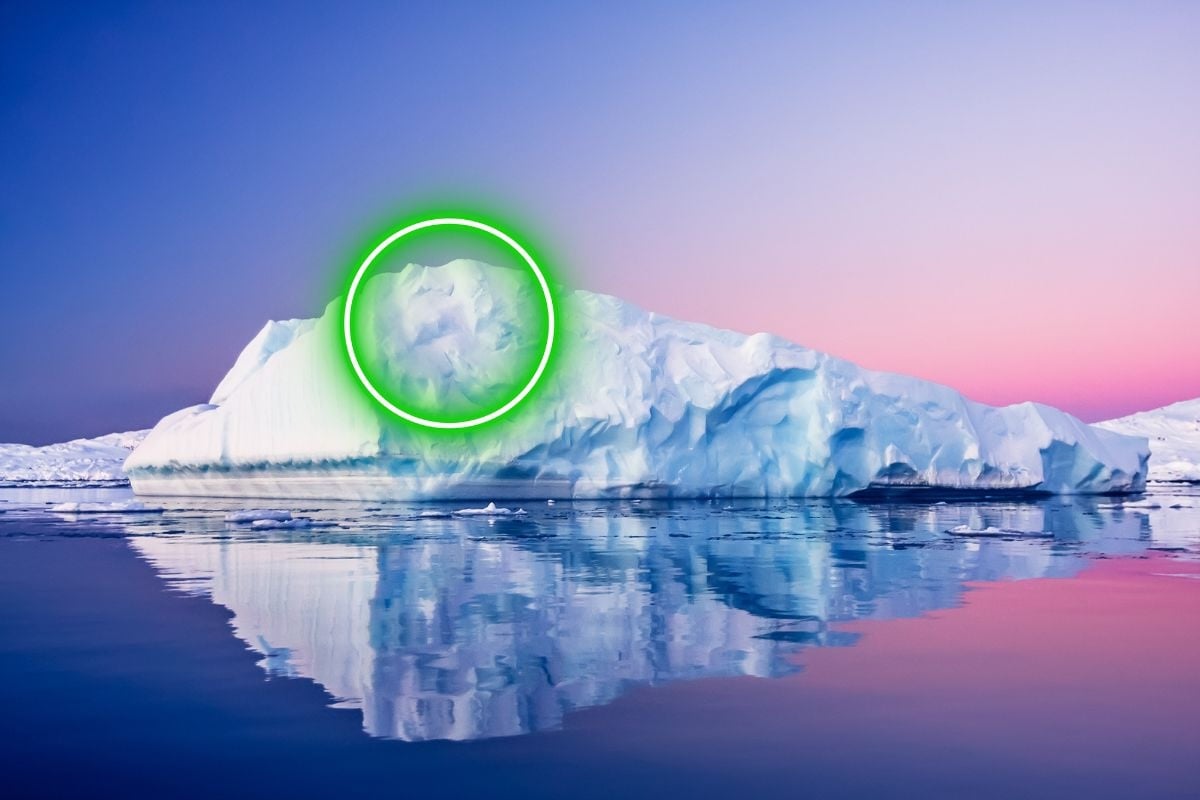A Hidden World Beneath Antarctica’s Ice
Antarctica is best known for its endless ice sheets, but below the frozen surface lies a geological mystery. For decades, scientists have been uncovering evidence of vast mountain ranges buried under kilometers of ice. Some of these peaks may be over 500 million years old, making them among the oldest preserved formations on Earth.
These discoveries are not just about rocks—they tell the story of Earth’s continental shifts, ancient climates, and even today’s changing environment.
The Transantarctic Mountains: A Giant Divide
One of the most well-studied systems is the Transantarctic Mountains.
-
Stretch more than 3,500 kilometers across the continent
-
Reach heights of up to 4,500 meters
-
Divide Antarctica into East and West
Using advanced radar and satellite tools, geologists like Timothy Paulsen and Jeff Benowitz have shown that these mountains have gone through multiple phases of uplift, erosion, and regrowth. About 300 million years ago, their rise even helped trigger a major global glaciation.
These formations are not just geological wonders—they have shaped ice flow, climate systems, and even the global atmosphere.
Clues of an Even Older Mountain Range
As striking as the Transantarctic range is, new evidence suggests something even more extraordinary: a second, older mountain chain buried beneath East Antarctica.
-
Estimated age: 500+ million years
-
Detected through gravitational and magnetic anomalies
-
Possibly formed during the early Paleozoic Era, around the time of the supercontinent Gondwana
This hidden range has never been directly seen. Instead, scientists detect its “ghost” through subtle signals under the ice, suggesting one of Earth’s oldest untouched mountain systems.
How Scientists Study Mountains They Can’t See
Uncovering landscapes buried under two kilometers of ice requires cutting-edge methods, including:
-
Gravimetric measurements to detect mass differences
-
Magnetic surveys revealing mineral patterns
-
Ice-penetrating radar to map structures under thick ice
-
Seismic studies using sound waves to analyze underground layers
-
Thermochronology to estimate when rocks last cooled or shifted
These tools let researchers piece together Antarctica’s geological past without ever digging through the ice.
Why These Mountains Matter for Climate and Earth’s History
These mountain systems are more than frozen relics. They’ve actively influenced Earth’s environment for millions of years.
-
Their uplift changed air circulation and precipitation, fueling ice ages
-
They act as barriers, guiding ice flow and stabilizing glaciers
-
They may even impact local seismic activity as ice sheets thin under global warming
The rocks also preserve records of climate cycles, magnetic field changes, and atmospheric conditions—essential for predicting Earth’s future.
What’s Next for Antarctic Exploration
Thanks to new technology, scientists are getting closer to fully mapping Antarctica’s hidden landscapes.
-
Remote sensing offers clearer, high-resolution views
-
Advanced drilling may one day sample untouched ancient rocks
-
Computational models recreate past movements of continents and ice
If confirmed, the 500-million-year-old range could rewrite what we know about Earth’s early history. Antarctica’s ice, rather than hiding these secrets forever, may actually be preserving them better than anywhere else on the planet.
A Frozen Time Capsule of Earth’s Past
Antarctica’s mountains remain out of sight, but not out of reach. From the mighty Transantarctic range to the mysterious older formations, these hidden giants hold the keys to understanding Earth’s evolution, climate shifts, and even future challenges.
What lies beneath the ice isn’t just geology—it’s the story of our planet, written in stone and preserved in one of the most extreme environments on Earth.
